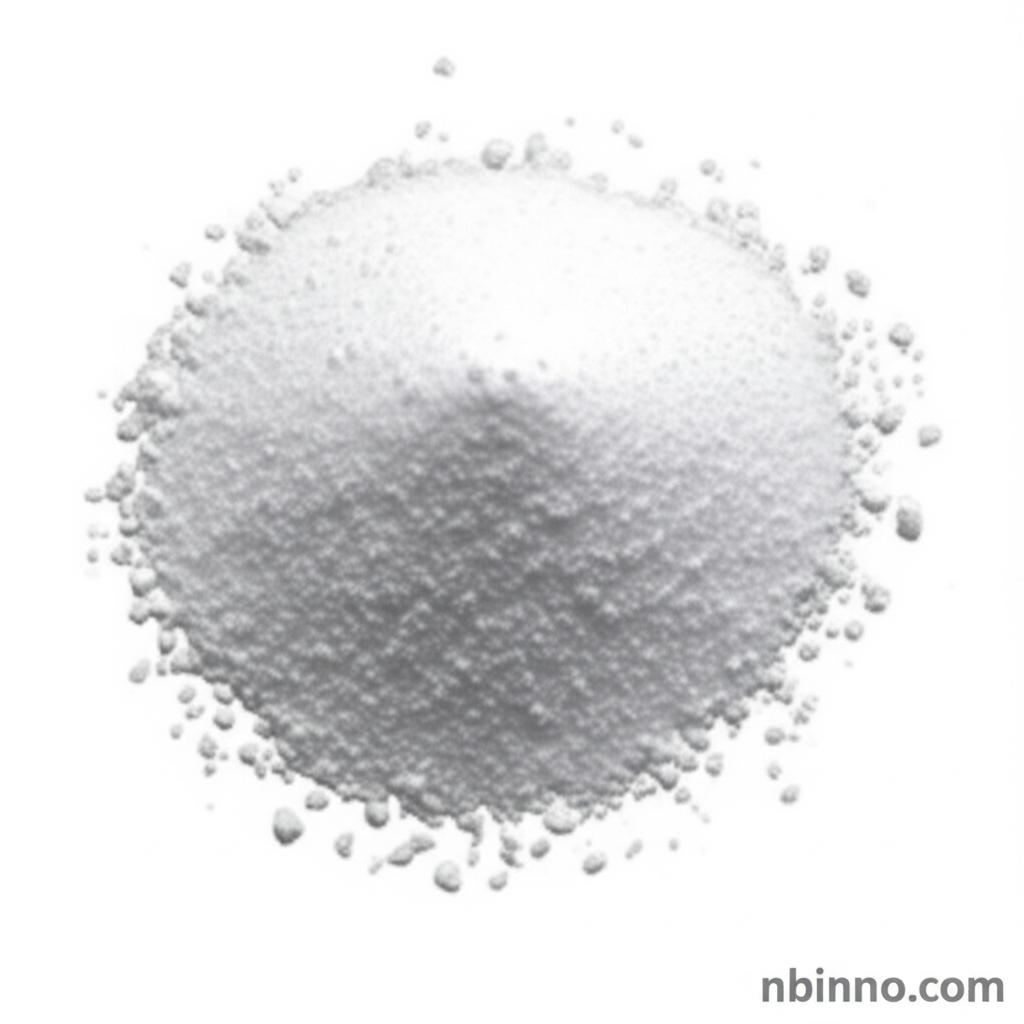Trichloro(cyclopentadienyl)zirconium: Properties, Applications, and Synthesis for Advanced Materials
Explore the essential details of Trichloro(cyclopentadienyl)zirconium, a vital organometallic compound. We delve into its chemical properties, CAS number 34767-44-7, and its significant role as a catalyst in various industrial and research applications, positioning us as a leading supplier in China.
Get a Quote & SampleProduct Core Value

Trichloro(cyclopentadienyl)zirconium
As a reliable supplier in China, we offer Trichloro(cyclopentadienyl)zirconium (CAS 34767-44-7), a critical organometallic compound known for its catalytic capabilities. This white powder plays a crucial role in advanced chemical synthesis and materials development.
- Discover the comprehensive properties of Trichloro(cyclopentadienyl)zirconium, including its reactivity and handling requirements for safe industrial use.
- Understand the diverse applications of this compound, particularly its effectiveness as a catalyst in polymerization reactions and organic synthesis, a key aspect of our fine chemical intermediates.
- Learn about the synthesis pathways and quality assurance that ensure high purity, making it suitable for demanding research applications.
- Explore its significance in various industries, underscoring its value as a versatile chemical building block.
Product Advantages
Exceptional Catalytic Activity
Leverage the power of Trichloro(cyclopentadienyl)zirconium as a catalyst for efficient polymerization and organic synthesis, enhancing yields and reaction selectivity.
High Purity and Consistency
Benefit from our commitment to quality, ensuring consistent purity and performance for all your advanced chemical synthesis needs.
Versatile Chemical Intermediate
Utilize this compound as a key building block in the development of novel materials and complex organic molecules, supporting cutting-edge research.
Key Applications
Polymerization Reactions
Trichloro(cyclopentadienyl)zirconium is an effective catalyst in various polymerization reactions, contributing to the development of advanced plastics and materials.
Organic Synthesis
It serves as a vital reagent in complex organic synthesis, enabling the creation of diverse chemical structures for pharmaceutical and industrial use.
Materials Science Research
Researchers utilize this compound for developing new organometallic materials and exploring novel catalytic processes.
Fine Chemical Production
As a fine chemical intermediate, it is essential for manufacturing specialized chemicals with unique properties and applications.
